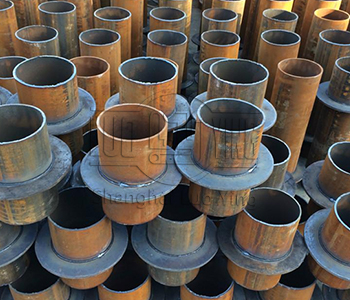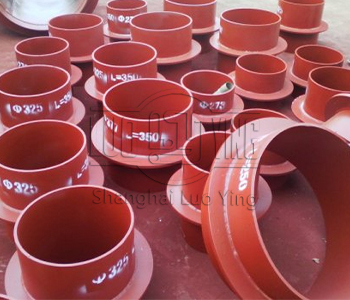The advantages and disadvantages of hot-dip galvanized waterproof casing
Jun-23-01
The advantages and disadvantages of hot-dip galvanized waterproof casing
The advantages and disadvantages of hot-dip galvanized waterproof casing. Galvanized waterproof casing is divided into hot galvanized and cold galvanized. Galvanized waterproof casing is very optimistic in terms of corrosion resistance, beautiful appearance and better waterproofing effect.

3
Galvanized waterproof casing is also known as stainless steel waterproof casing. The pipe passes through the floor and the roof is embedded with rigid waterproof casing, which can effectively prevent water leakage from the floor. Widely used in building water supply and drainage projects; water supply, plant, human defense projects, sewage treatment plant of the clear water tank and sewage tank need pipes through the cement wall, need to be able to move up and down, so the need for flexible waterproof casing. When these two types of waterproof casing used in contact with corrosive media, the designer should choose the applicable corrosion-resistant materials - 316L stainless steel, 304 stainless steel, 201 stainless steel stainless steel, etc. according to the nature of the medium and corrosion-resistant requirements.

Galvanized waterproof casing product description: waterproof casing description: 1, when the upstream surface for corrosive media, available sealing materials to seal the gap. Method see 02S404 national standard drawing set "flexible waterproof casing (type B)" "installation schematic"; 2, casing through the wall encounter non-concrete walls, should be partially replaced with concrete walls. Pouring range should be larger than the diameter of the wing ring (D5) 200, casing must be poured into the wall at one time; 3, the concrete wall thickness at the pipeline passage should not be less than 300, otherwise the wall should be thickened on one or both sides, thickened part of the diameter should be at least D5200; 4, casing weight calculated by L = 300, such as wall thickness greater than 300, should be calculated separately.
 3
3

